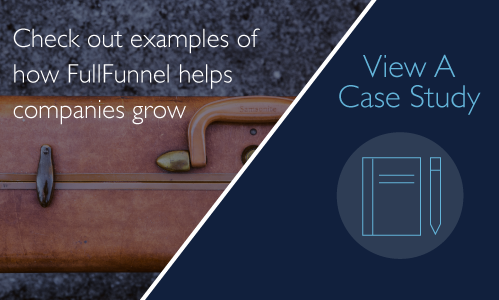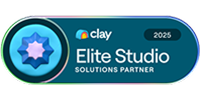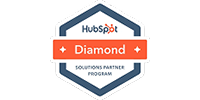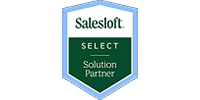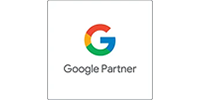7 Keys to a Perfect Landing Page Design
A good portion of inbound sales and marketing is a matter of coming up with hypotheses, undertaking trials, evaluating success, and creating new ideas to test in place of the ones that didn't work. While this cycle is not always completely intuitive to the pedestrian, there are elements of modern digital marketing that are largely formulaic in nature that do not require extensive thought. The creation of landing pages fits very neatly in this category.
Landing page design has one purpose: to convert website visitors into leads. Coming up with the right copy to get someone to fill out the form on a page is an area of expertise that can be learned over time, but actually building the perfect landing page can be done by following several key guidelines. Here they are:
1. Goals
As you go through the design process of your new landing page, be sure to ask yourself the following questions to align the page with specific goals:
- Which specific persona is the landing page and offer targeting?
- Does this offer apply to the persona at a specific stage of the buyer journey?
- Is my form the right length? Am I collecting the vital information, but not asking for too much?
- Am I talking more about my company or a solution?
Asking these questions help identify the goals for the landing page. A clearly defined goal will make it easier to design your page.
2. Align the page
Make sure the landing page is cleanly aligned to the call to action that got your prospective lead there in the first place. Maintain relevance and ensure the journey feels seamless. Remember to keep the copy short, yet be sure to:
- Remind them why they are there
- Tell them what they will get by leaving their information on the form
- Then tell them to fill out the form!
3. Make it clear
Keep the copy short, but also be sure the message you convey about the offer is crystal clear. Include a summary of the offer and a series of bullet points highlighting the benefits they can expect to get out of the download.
4. Make it easy to do more
Once the form has been submitted, be sure to include additional offers at different stages of the buyer journey on the thank you page. Now that you've got them in a downloading mood, this is an opportunity to move your prospect further down the funnel in one step. Put a Request a Consultation or Demo offer on the Thank You page, for example.
5. Responsive design
This is an important one. If your landing page is not responsive to all devices, then you shouldn't even bother building it. Properly executed, responsive design, will ensure that your landing page is just as readable on a 27" desktop as it is on an iPhone. If your site design environment doesn't support this, look for one that does and relocate your web site.
6. Optimization
Remember, landing pages are super important so you want them to be directly discoverable by search engines. For this reason, be sure to optimize each of them by including specific keywords in page titles, URLs and internal content.
7. Be concise
Your landing pages should be short and to the point, with enough copy to entice a conversion, but not so much that it overwhelms a reader.
As you approach the design of your landing pages, remember to put yourself in the shoes of the people you are trying to attract. Do you find the content, images, and form that you created enticing? Would you leave your own personal information in exchange for the offer or would you bounce? Chances are if you find the page alluring, so will your visitors.
Looking for some help on your next landing page? Request a consultation and build your next Landing Page with one of our marketing specialists.
